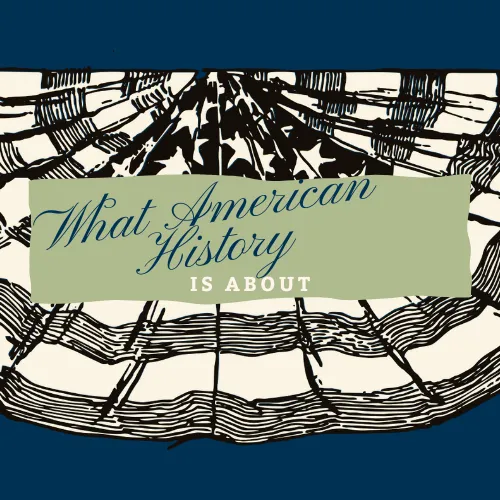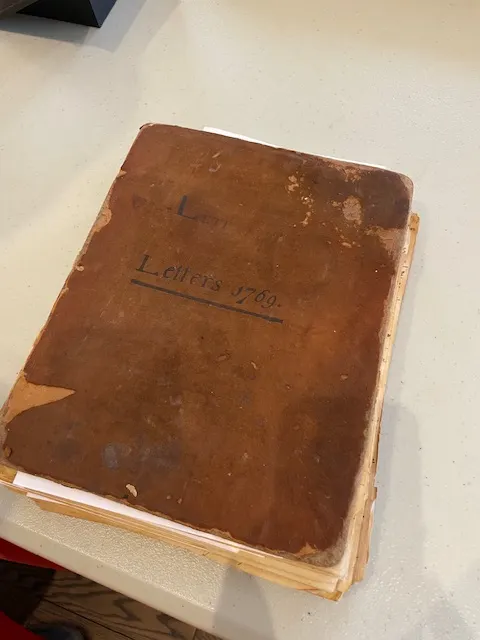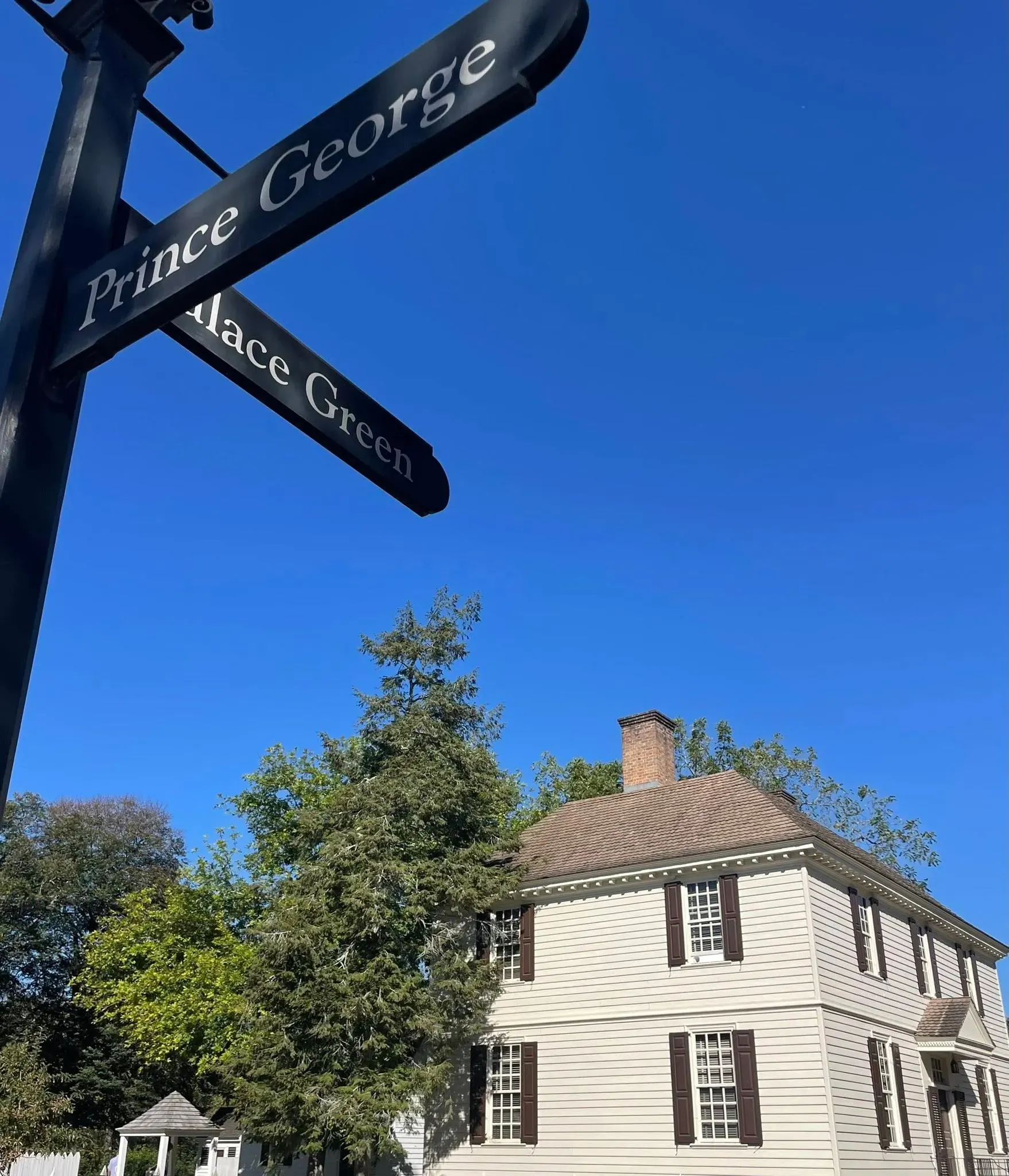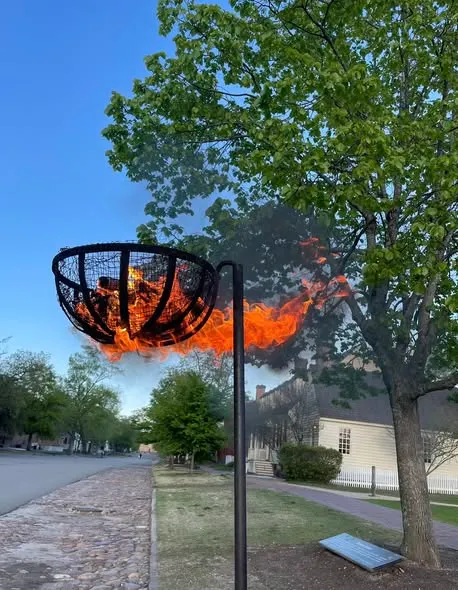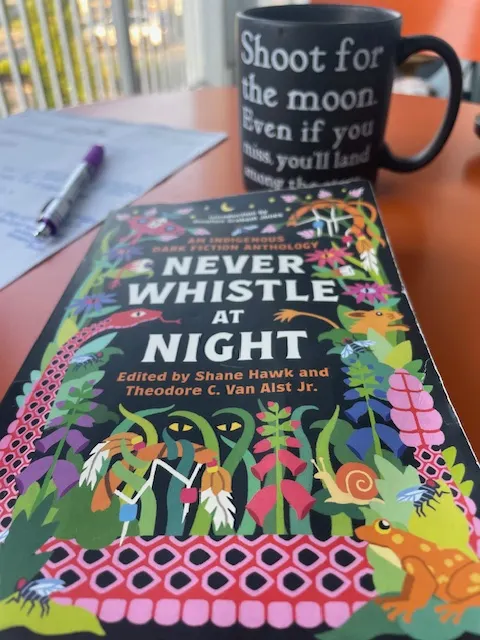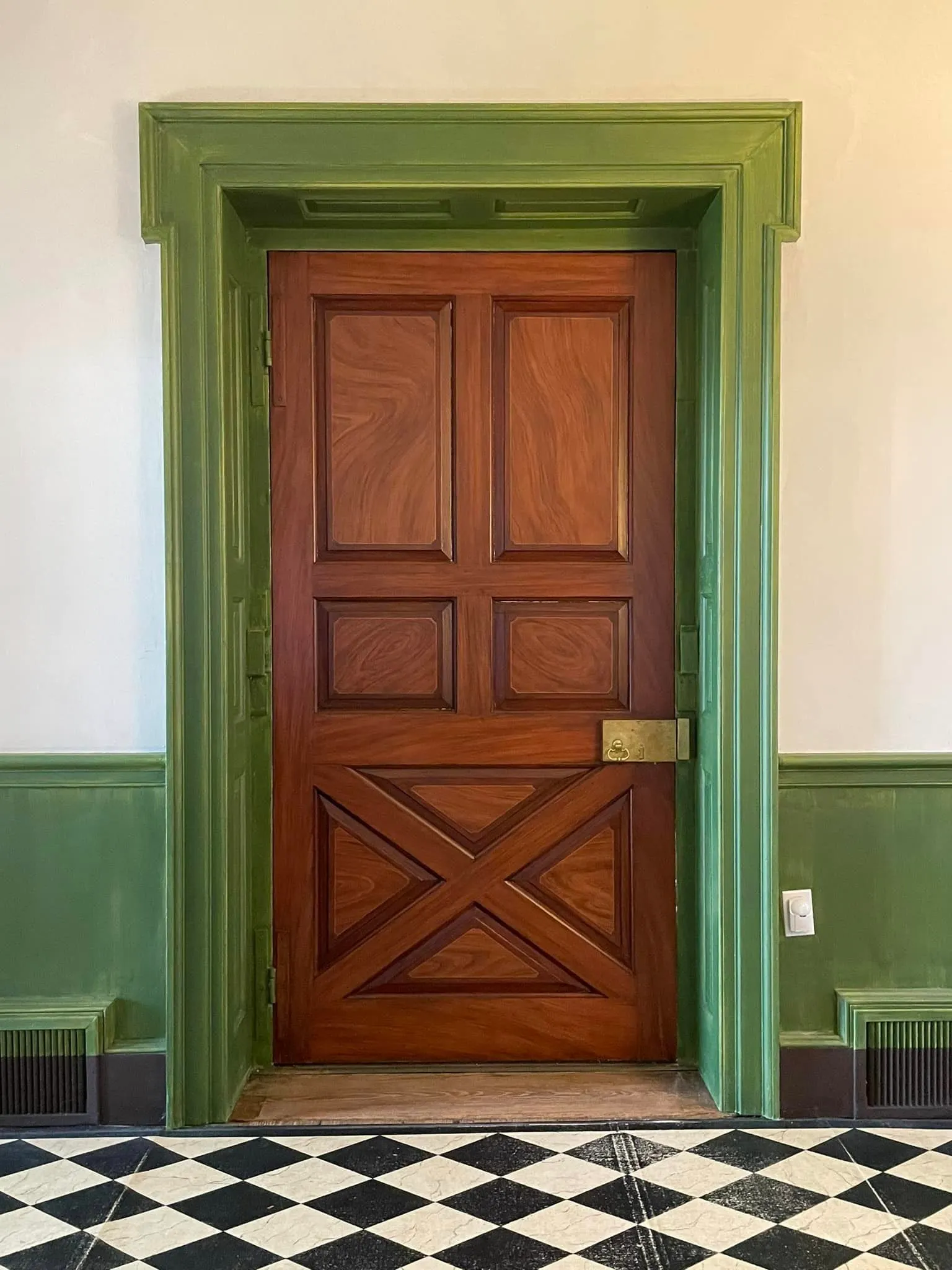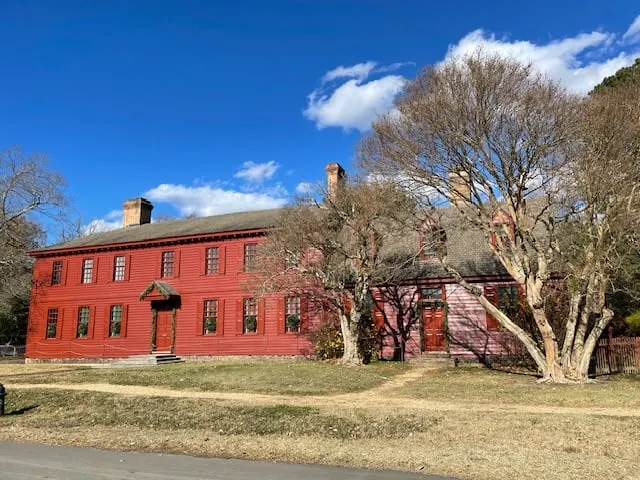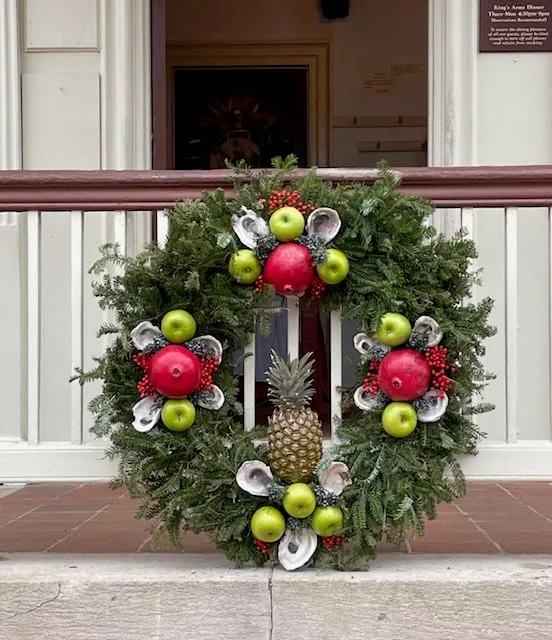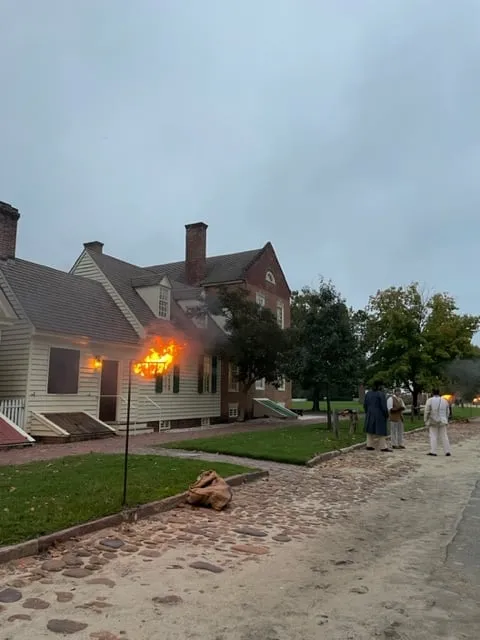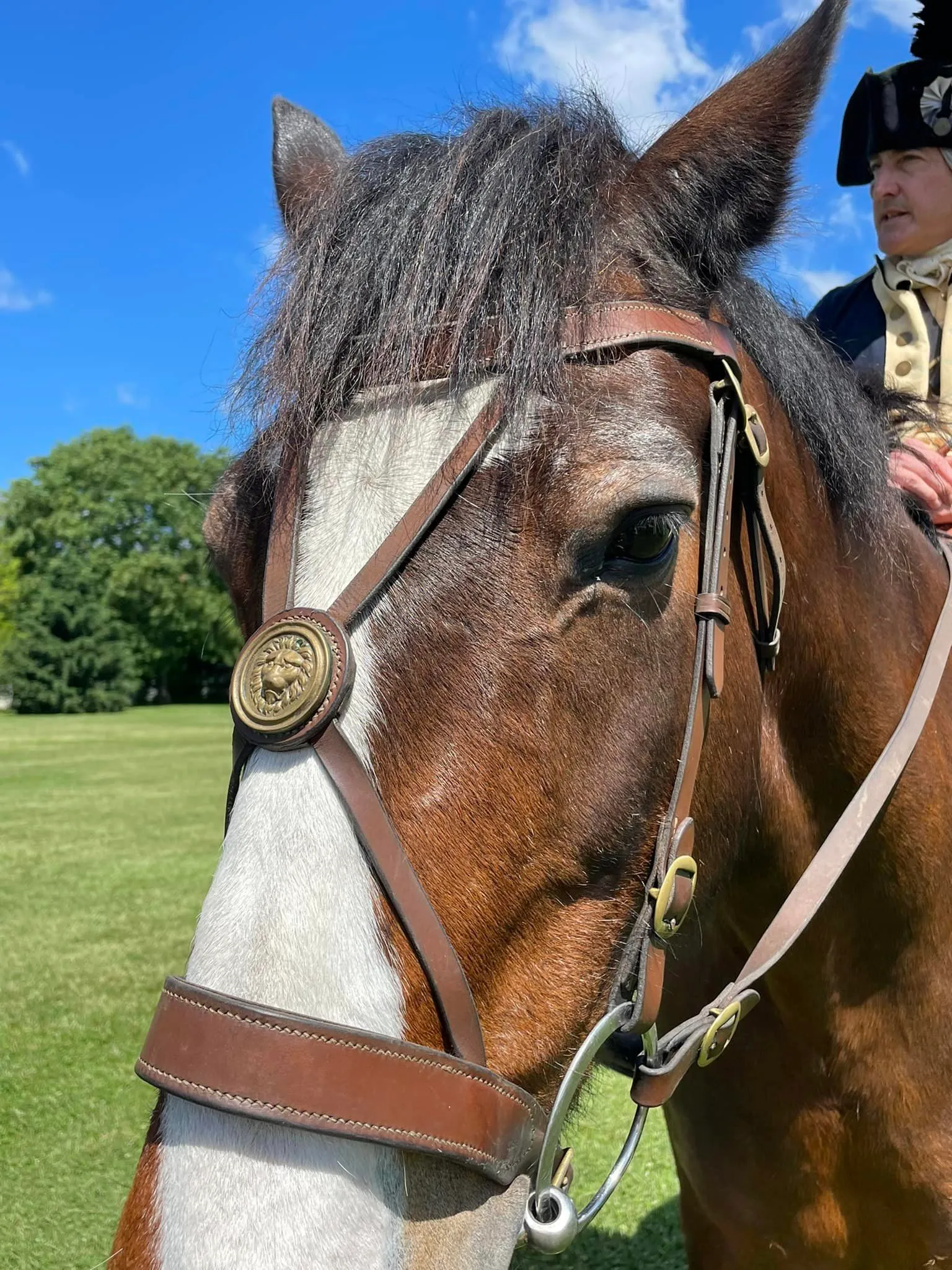Primary Sources: July 15th in Daily Life... Early America
Diaries: George Washington was more a farmer than anything else.
I decided to check out his diaries... randomly looking at July 15th, the day I started writing this post. The following bit is from The Diaries of George Washington, Donald Jackson Editor and Dorothy Twohig, Associate Editor, ©️ 1976, University Press of Virginia Charlottesville. Found in one of my favorite libraries, the John D. Rockefeller Library of Colonial Williamsburg (lovingly called "the Rock").
1763: July 14, 15, 16 and 18. "Cut and made Hay of Clover at River Quarter with part of the hands - the Rest Workg. at D[ogue] R[un].
In fact, all of his entries for July in 1763 are agricultural in nature. As well as March, April, May, and June through November. He mentions:
- which property he's discussing
- weather
- conditions and feed for animals
- tasks of the day

Corn at Ewing Field, Colonial Williamsburg
None of it seems terribly exciting on the surface. However, the words show us so many things about early America. What was being farmed, the costs associated with agriculture, the weather and climate... all leading to a better understanding of early American history.
No doubt as the Revolutionary War got rolling, Washington's writings that have survived for us to view moved beyond diary entries. They consisted of many letters as well as military orders.
What was on Washington's mind around July of 1777, when we were well into the fight for independence? Read the orders below in full here, but this excerpt from July 17th shows the need for a decision on seniority amongst two officers.
17th 1777.
Parole: Lee.
Countersigns: Prescot. Barton.
Some disputes having arisen between the Colonels Humpton and Johnson respecting seniority, the General Officers are to meet at some place to be appointed by Major Genl Greene, at five o’clock this afternoon, and after hearing the pretensions of both those officers, and enquiring minutely into the matter, to report the case, with their opinion thereon to the Commander in Chief.
Sitting down with Washington's diaries led me to look around what else was on hand at the Rock. What else happened on or around July 15th in early American history. Not the big stuff... but smaller stuff that resulted from or impacted "the bigger stuff" of the era.
Disclaimer: As a blogger, I use affiliate links sometimes! I may receive commission from purchases I share; it does not change your price but sometimes you might get a discount.
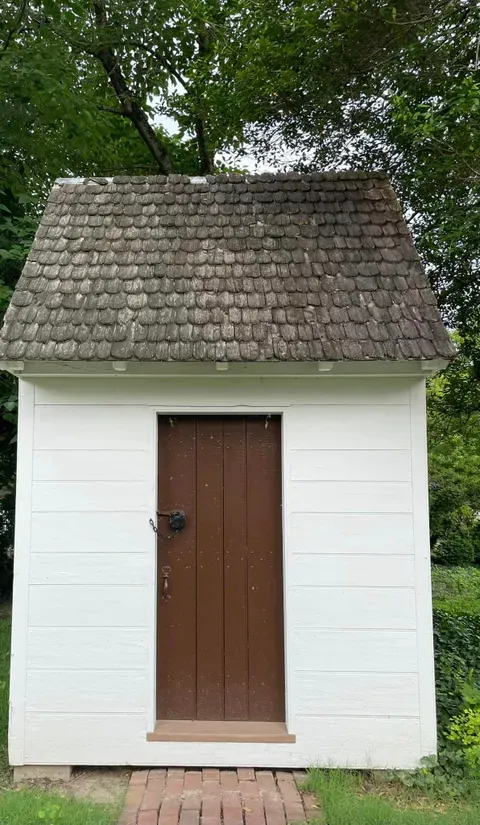
Private letters: a 1925 compilation
Though possibly less are public, there are letters we can check out that aren't attributed to the more famous names in history. In my research of what was available in the Rock's collection, I found a 1925 compilation of Revolutionary War related correspondence.
The content below wasn't attributed to a specific writer unfortunately, but it's a vivid description of the American patriot.
Extract of a letter from Norfolk, VA July 19 1775 (closest date) originally published in Farley's Bristol Journal Sept 16, 1775 - so while it may have been a private letter, it was definitely made public.
Source: Letters of the American Revolution 1774-1776, Margaret Whaler Willard, Editor. Riverside Press Cambridge ©️ 1926. (side note: according to the book, it was one of only 1,040 copies printed)
The people all over America are determined to die or be free; and as they have taken up arms, are determined never to lay them down till the acts are repealed. ---The general uniforms are made of brown Osnaburghs, something like a shirt, doubled caped over the shoulder, in imitation of the Indians, and on the breast, in capital letters, is this motto LIBERTY OR DEATH. Excuse my writing on so small and coarse a piece of paper, as there is none here to be had at any price.
So many things in this little bit of a letter written in Norfolk, ending up in a Bristol paper.
- the uniform and the message
- the determination of the Patriots
- the lack of paper
- the influence of what is uniquely American- tribal nations
OMG I love this so much. If you have a chance to find this book, I highly recommend reading through the letters contained within it.

Tailor shop reproduction of 18th century clothing, Colonial Williamsburg
Public letters: printed in newspapers
It seems to have been common practice to publish letters in newspapers in order to get insight into what was happening: battles, events, government action, opinions, economic impact. Etcetera.
For example, this gem sent from Paris. Written by Benjamin Franklin and John Adams May 18, 1778. It came from Philadelphia into Dixon and Hunter's Virginia Gazette Number 1424, printed there on July 17, 1778. The goal: warn all ships of war in the United States of British warships on the move.
(Note: transcribed as well as I can read it- click here to view it online; "f" for "s" in 18th century print)
Gentlemen,
Certain intelligence having been received, that eleven British ships of war, viz. one of 90 guns, nine of 74, and one of 64 guns, are in the the road of St. Hellens, near Portfmouth, bound for North America, and the United States being in alliance with France, you are requefted, as fpeedily as poffible, to convey this information to the commanders of any French fleet, or fhips of war in America, by fending them this letter, and alfo to publish the contents of it in all the continental newfpapers.
We both have the honour to be, gentlemen, Your moft obedient and humble fervants,
B. Franklin, John Adams
Not all letters published on the front pages, or even page two like this one, contained critical messages but can you imagine- a letter like this sent in May getting to Virginia via Philadelphia in July? It's difficult to know the anxiety of a war in which information, including letters with vital content, takes so long to arrive.
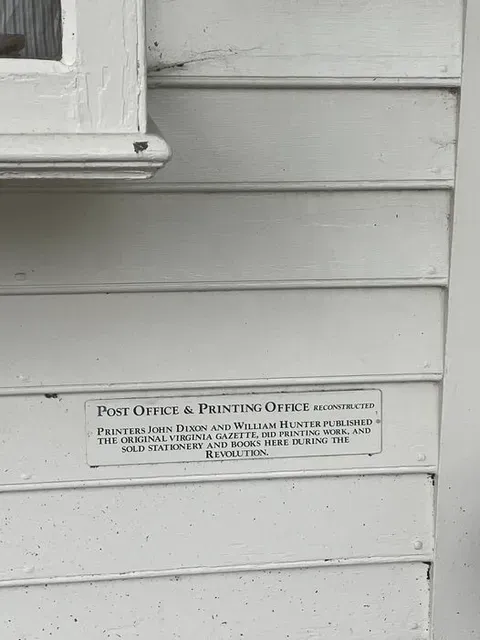
Reconstructed office of Dixon and Hunter, Colonial Williamsburg
Closing thoughts.
Do you have a book of letters you'd recommend?
What are your favorite primary sources?
Comment below or subscribe to this blog and let's connect by email!
In the meantime, because I am a blogger- I compiled a short list of links to books for you to purchase and have on your own bookshelf! (if you get one - or more- please tell me about it!)
- Letters and Journals Relating to War of the American Revolution- purchase here.
- The Revolutionary War: Letters from the Battlefront- purchase here.
- Letters from an American Farmer and Sketches of Eighteenth-Century America- purchase here.
- The Diary of Elizabeth Drinker: The Life Cycle of an Eighteenth-Century Woman- purchase here.
And of course, an abridged version of the Washington Diaries. This version was put together by Dorothy Twohig, the associate editor of the large volumes I utilized at the Rock: click here to purchase it.
Are you enjoying the blog? Tip me using my online tip jar!
There is a huge practical disclaimer to the content on this blog, which is my way of sharing my excitement and basically journaling online.
1) I am not a historian nor an expert. I will let you know I’m relaying the information as I understand and interpret it. The employees of Colonial Williamsburg base their presentations, work, and responses on historical documents and mainly primary sources.
2) I will update for accuracy as history is constant learning. If you have a question about accuracy, please ask me! I will get the answer from the best source I can find.
3) Photo credit to me, Daphne Reznik, for all photos in this post, unless otherwise credited! All photos are personal photos taken in public access locations or with specific permission.
